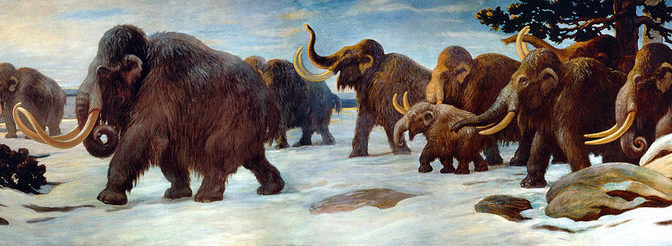Environmental changes and a lack of fresh water may have wiped out the last bastion of woolly mammoths living on St. Paul Island in Alaska. And an international team of scientists was able to date this extinction with a precision that has not been seen before.
“It’s amazing that everything turned out so precisely with dating of extinction at 5,600 plus or minus 100 years,” Russell Graham, a professor of geosciences at Penn State and the study’s lead author said. The study was released in the Proceedings of the National Academy of Sciences yesterday (August 1).
The changing climate caused sea levels to rise, and in turn the mammoths had less access to fresh water. In a New York Times article today, Graham pointed out that “this study has profound implications for both island and low-lying populations today.”
You can read the full article about Graham and his colleagues’ findings on Penn State News.
Members of the news media interested in talking to Graham should contact A’ndrea Messer at 814-865-9481 or aem1@psu.edu.
Featured image by Charles Robert Knight (in the public domain)

